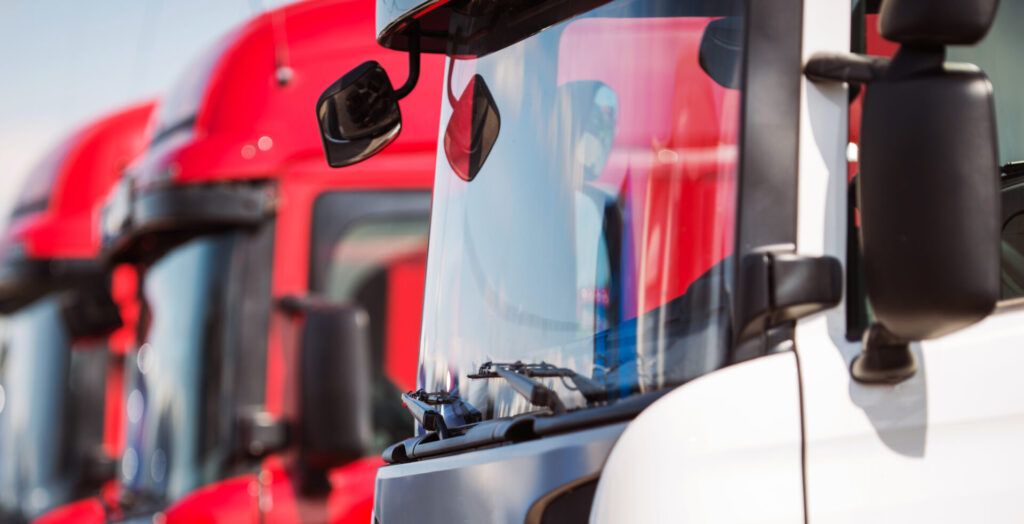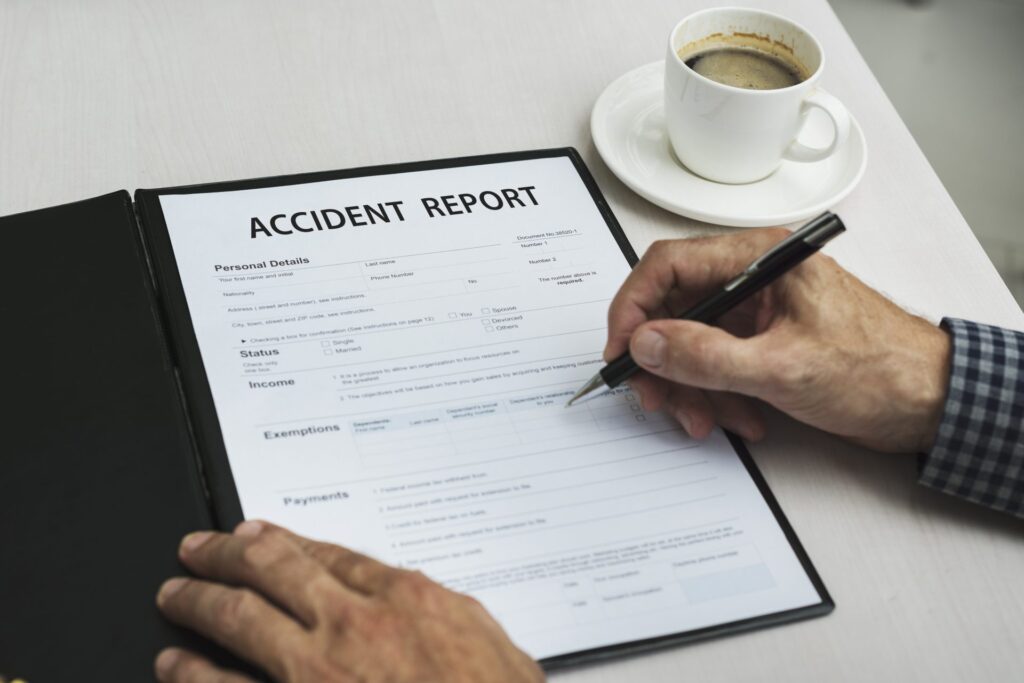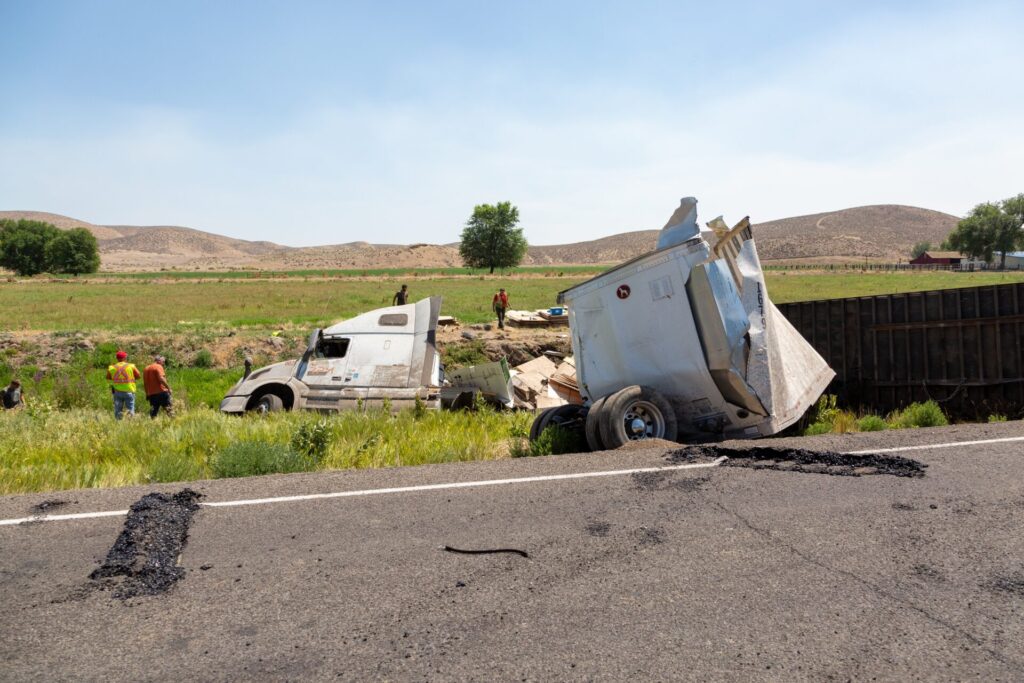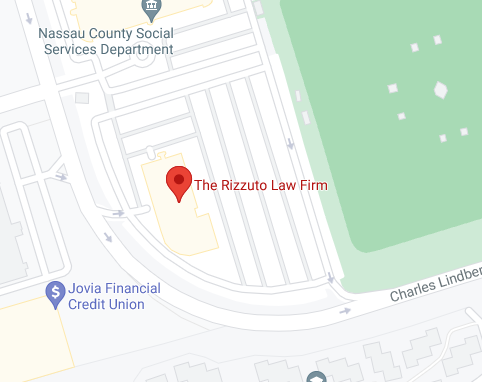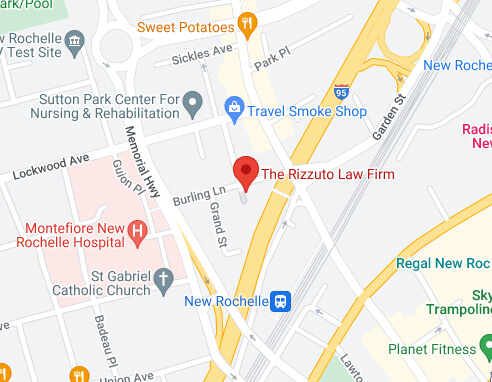The rise of ride-sharing services like Uber and Lyft has transformed transportation, offering convenience and ease. However, it has also introduced new challenges when it comes to accidents. Proving fault in these accidents can be more complicated than in traditional car accidents, particularly in New York, where laws and insurance regulations can be complex.
If you’re involved in an accident while using a ride-sharing service, understanding how to establish fault is essential for seeking compensation.
Understanding Ride-Sharing and Its Legal Implications
Ride-sharing services in New York operate differently from traditional taxis or private vehicles. Unlike taxis, which are regulated by stringent municipal rules, ride-sharing services operate under a framework where drivers are considered independent contractors, which means that, legally, ride-sharing companies often attempt to distance themselves from liability when an accident occurs. Nonetheless, determining fault is not just about the drivers but also the company’s involvement.
Coverage Based on Stages of Trip
Ride-sharing services in New York operate under an insurance model that reflects the various stages of a driver’s activity, which model plays a crucial role in assigning fault and liability. When drivers are not using the app, they rely on their insurance. When they are logged into the app but haven’t accepted a ride, the company provides contingent insurance. Finally, when a ride is in progress, or a driver is en route to pick up a passenger, ride-sharing companies provide significant commercial liability coverage. Navigating this system is key to understanding who is responsible in the event of an accident.
The Importance of Establishing Fault
Determining fault is essential in any personal injury or vehicle accident case. In New York, a no-fault state, victims are usually required to turn to their insurance first for compensation of medical bills and lost wages. However, in more severe accidents where damages exceed the no-fault insurance threshold, proving fault becomes crucial.
For passengers, drivers, or third parties involved in a ride-sharing accident, establishing fault can dictate how compensation is distributed. If another vehicle causes the accident, then that driver’s insurance should cover the damages. On the other hand, if the ride-sharing driver is at fault, the case becomes more complex due to the layered insurance policies that Uber, Lyft, and other companies maintain. Understanding the proper procedures and evidence needed to prove fault can make or break your case.
Types of Evidence to Prove Fault
Proving fault requires strong evidence, as with any vehicular accident case. Immediately after an accident, it is important to gather the necessary information that can support your case. The first step is documenting the scene. Photographs of the accident scene, vehicles, road conditions, and traffic signals can provide crucial evidence.
Police reports are another critical piece of evidence. After any ride-sharing accident in New York, police should be called to the scene. Officers will investigate and document the incident, noting any traffic violations or potential causes of the accident. Police reports serve as an objective third-party account of the crash and are often given significant importance in determining fault.
Challenges in Ride-Sharing Accident Claims
Ride-sharing accidents come with unique challenges that can complicate the claims process. One challenge is the multiple layers of insurance coverage. In most cases, victims will need to navigate between the ride-sharing company’s commercial policy, the driver’s personal insurance, and possibly the insurance of other involved drivers, which can lead to confusion, delays, and disputes over which policy applies.
Another challenge in figuring out liability is that ride-sharing accidents often involve multiple parties, including other motorists, passengers, pedestrians, or cyclists, which can complicate the investigation and make it harder to assign clear fault. With so many moving parts, proving fault in a ride-sharing accident often requires a deep understanding of the law and a strategic approach to gathering and presenting evidence.
Ride-Sharing Company Liability
A critical factor in proving fault in ride-sharing accidents is determining whether the company itself can be held liable. Ride-sharing services classify their drivers as independent contractors, not employees, and this classification is a deliberate attempt to shield companies like Uber and Lyft from direct liability in accidents caused by their drivers. Additionally, negotiating with large corporations like Uber and Lyft can be intimidating, as these companies have vast legal resources at their disposal.
The Role of Legal Representation
Given the complexities of ride-sharing accidents, seeking legal representation is often essential. Personal injury attorneys experienced in handling ride-sharing cases understand the unique insurance policies, liability issues, and potential challenges that can arise. A skilled attorney can help investigate the accident, gather necessary evidence, and navigate the complicated insurance claims process. They can also advocate on your behalf to ensure that you receive fair compensation for your injuries, lost wages, and other damages.
In New York, it’s important to act quickly after a ride-sharing accident. The state’s statute of limitations for personal injury cases typically gives you three years from the date of the accident to file a lawsuit. However, the sooner you begin the legal process, the more time you will have to build a strong case.
Consult with Legal Experts
Proving fault in accidents involving ride-sharing services in New York requires a deep understanding of the legal and insurance frameworks unique to these services. Whether you are a passenger, driver, or third party, gathering evidence and understanding the ride-sharing company’s tiered insurance policies is essential for navigating the claims process.
Moreover, because ride-sharing companies often distance themselves from direct liability, seeking legal representation can help you navigate the complexities of your case and secure the compensation you deserve. For help with your accident claim, schedule a free consultation with Rizzuto Law Firm by calling 516-604-5496 today.

